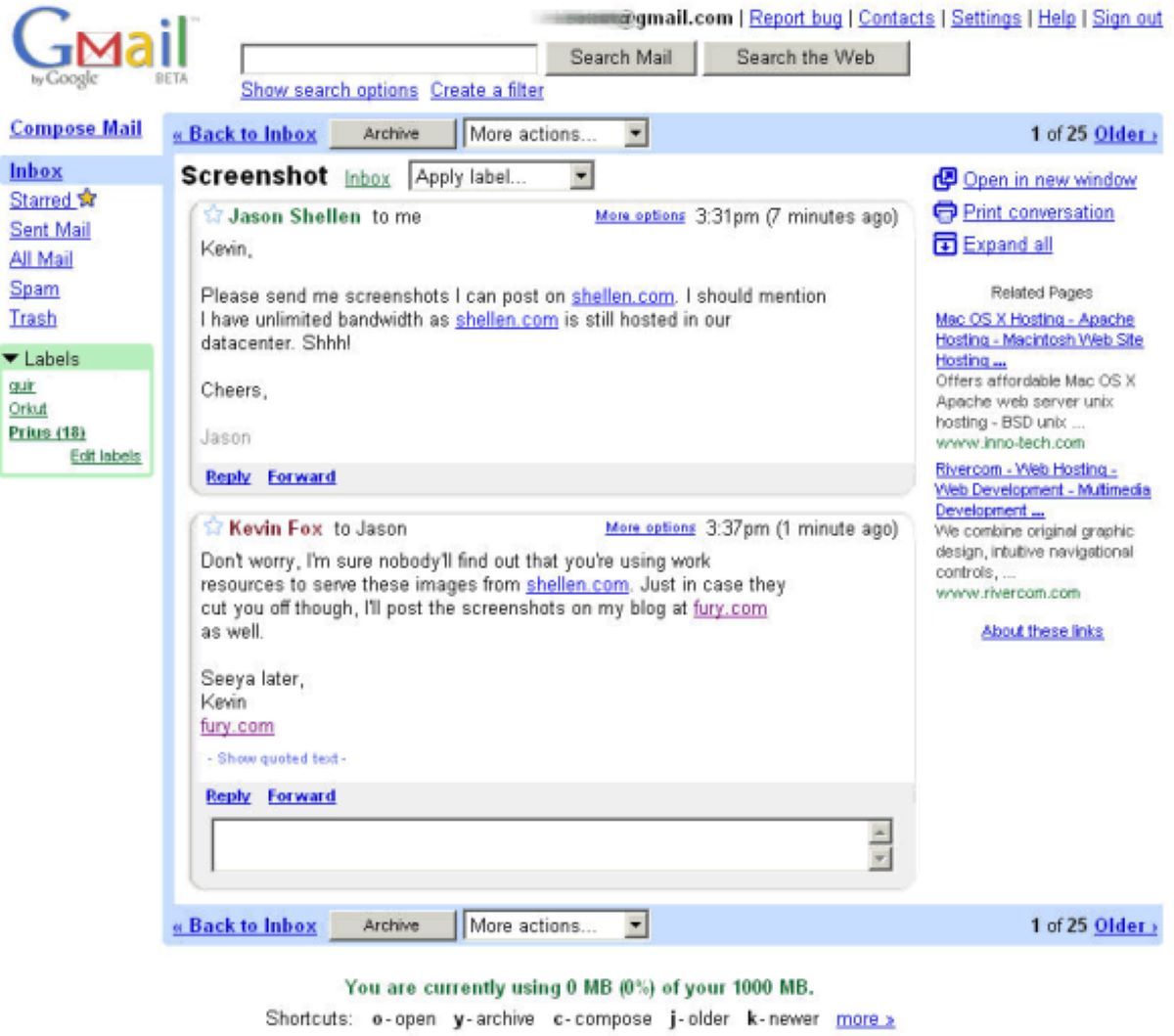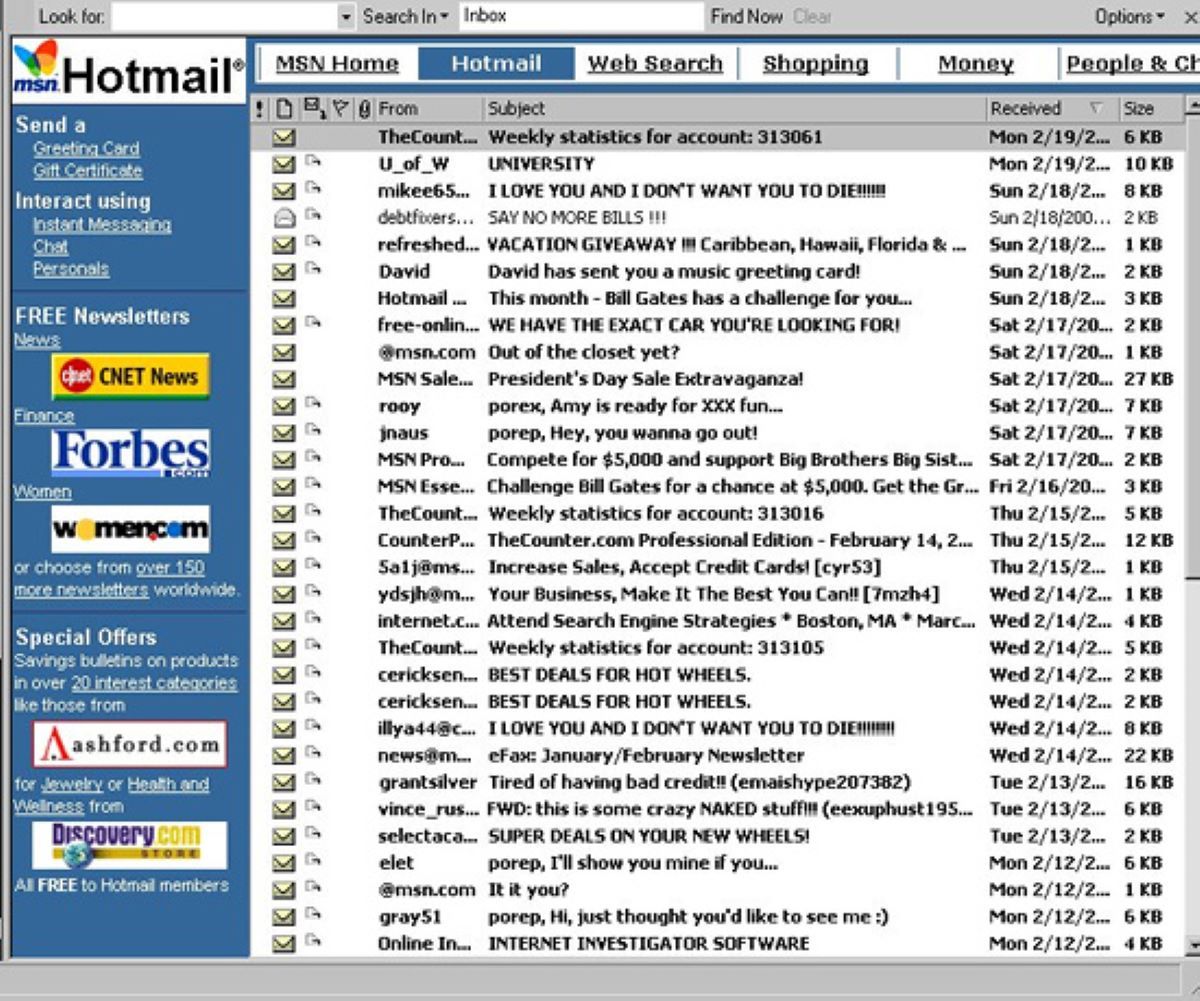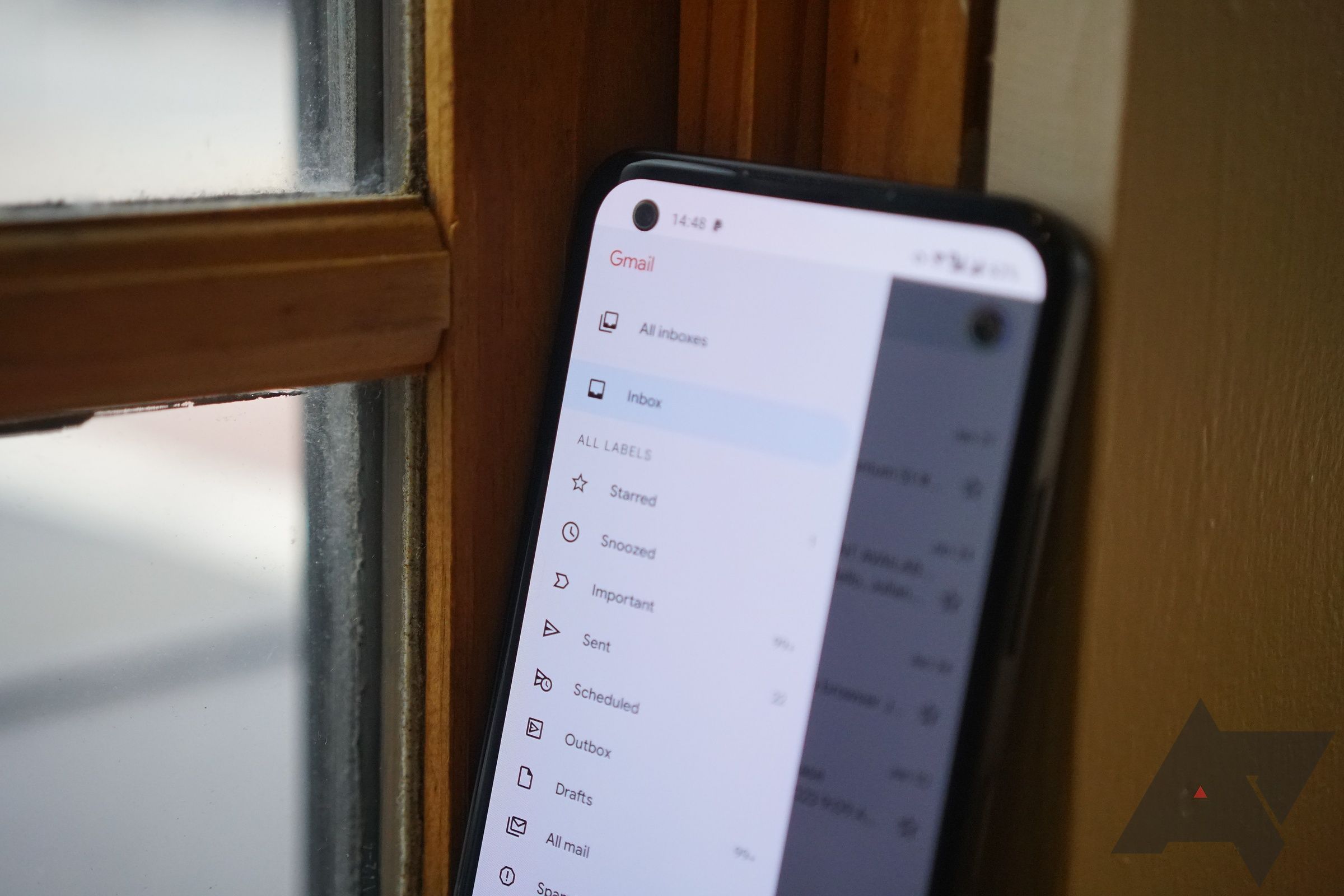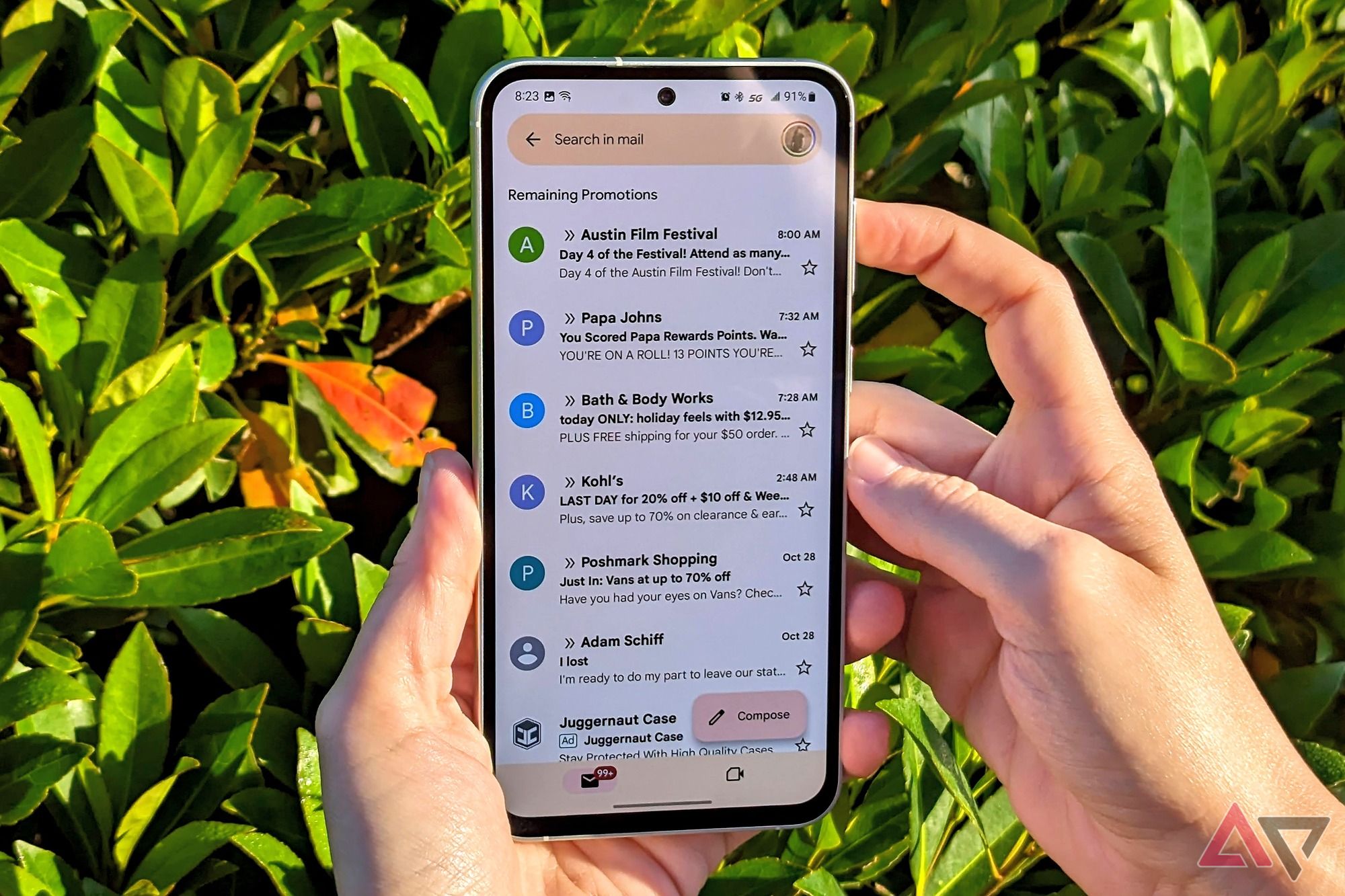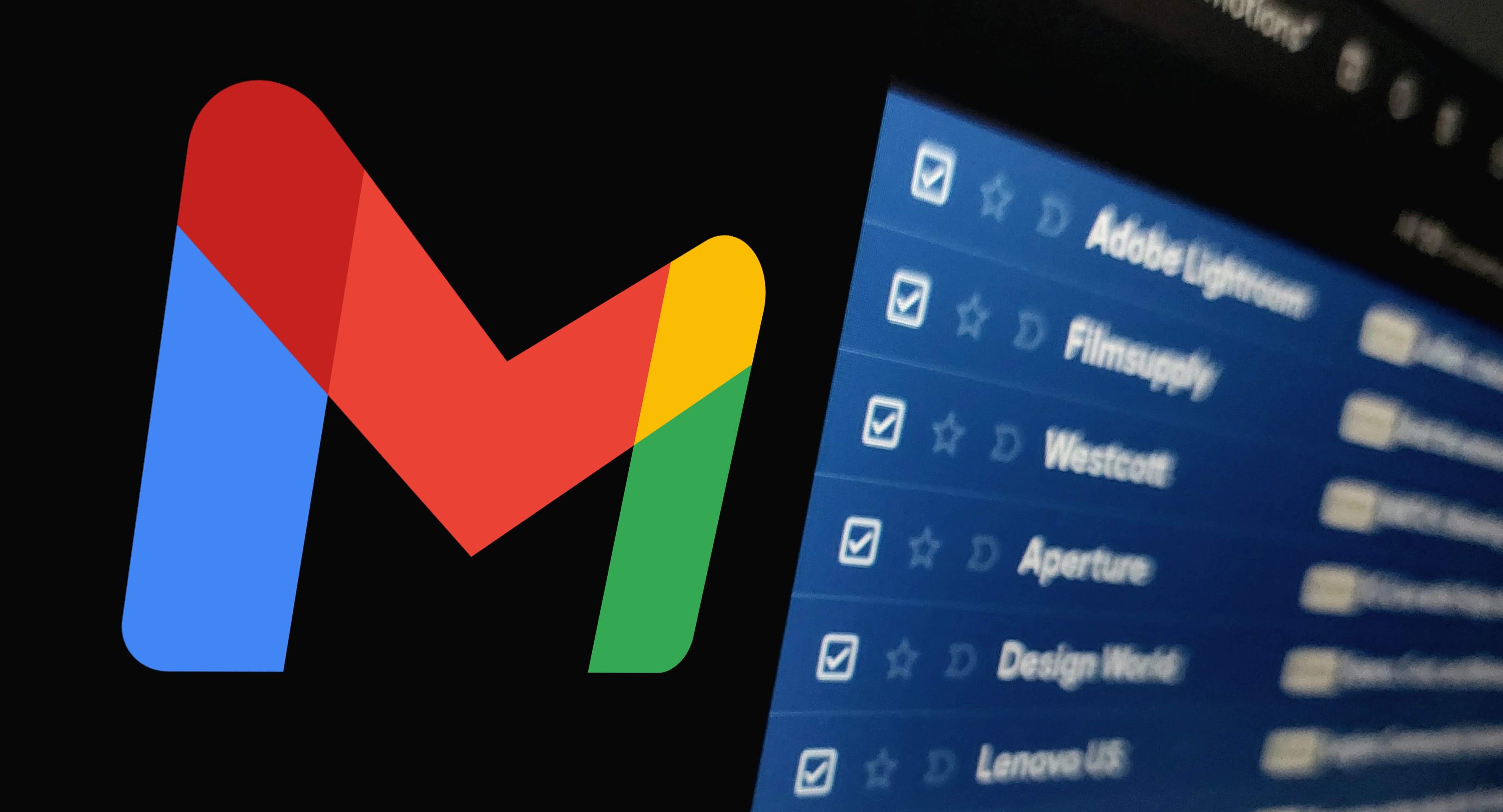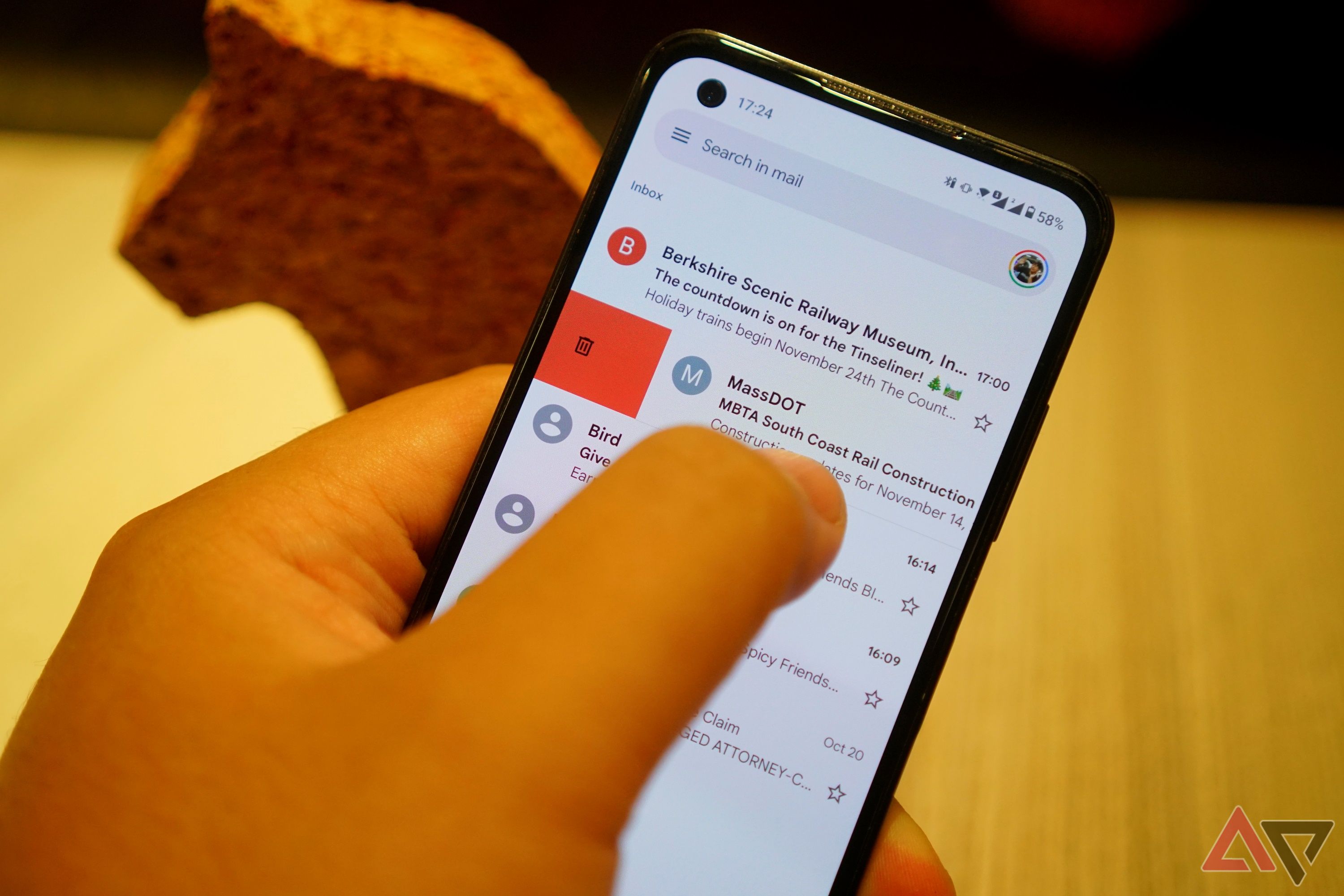Summary
- Gmail revolutionized email with web-based access, powerful search, and ample storage, changing expectations forever on April 1, 2004.
- Gmail’s invite-only beta created anticipation, improving spam detection, thread-style organization, and providing 1GB of storage upon its public release in 2009.
- Google experimented with integrating Gmail with Google+ and launching innovative features like Inbox, but ultimately ended Inbox in 2018 to focus on Gmail’s future potential.
Everything about email as we knew it shifted on April 1st, 2004. That was the day Google unleashed Gmail onto the world and changed what we came to expect from our email.
The new service gave us an innovative web-based approach, powerful search capabilities, huge amounts of storage (for the time), and a friendly user interface. Today, we celebrate Gmail’s 20th anniversary, so let’s take a look at how it came to be and how it has evolved over the first two decades of its life.
The new kid on the block
How Gmail became an essential tool in our lives
I was a late adopter of Gmail. Hotmail was my primary email during the early 2000s, and I didn’t jump all in with Gmail until the service came out of invite-only beta in 2009. But there was no looking back once I signed up. Hotmail who?
You can see the day you opened your Gmail account. Go to Gmail on the web, and open the settings gear icon.
– Click
See all settings
.
– Choose
Forwarding and POP/IMAP
from the top menu.
Next to
POP download
, you’ll see
Status: POP is enabled for all email that has arrived since
, followed by the date you activated your account for the first time.
Webmail was limited before Gmail. There was Hotmail and Yahoo! Mail, sure, but spam was a problem. More than that, there were bigger problems with storage. People’s email accounts filled quickly, and annual email purges were a regular thing. If you wanted to retrieve an old email, well, good luck. There was little chance the service’s search would find it unless you created a complex folder structure.
You see, email began its journey in the mid-60s as researchers at MIT created what would become known as the internet, but our beloved web-based email didn’t happen until Lotus released cc:Mail in 1995. It was at this point that anybody could send and receive emails from an internet browser. ISPs loved it and soon services like AOL were bundling email with their internet packages.
Hotmail and Rocketmail were the first free webmail services. These services were entirely HTML-based and came with all the limitations this caused. For example, each email loaded as a new web page. Attachments could take forever to load on slow dial-up connections. Hotmail, one of the most popular webmail services, even derived its name from HMTL. But Googler Paul Butchheit had developed a javascript-based webmail that let the service perform like software, rather than a series of webpages. This is what would become Gmail.
Gmail goes public
The invite-only days were over
Gmail was an invite-only beta for its first five years. It had over 100 million users when it came out of beta and was released to the public on July 7, 2009. The long invite-only wait created a sense of anticipation around Gmail, and Google reported over 400 million users had signed up within a few months of its public release.
Google had improved upon the initial project in those first five years, such as more efficient use of javascript code and better spam detection. The public loved it.
Emails were arranged like discussion threads rather than sequential lists, and Google’s powerful search meant there was no longer a need to meticulously file each email into a folder. It also came with a whopping 1 gigabyte of storage, practically unlimited, in 2009. The speed with which it handled emails was revolutionary. Broadband internet was the norm by then, so Gmail certainly had help in the speed department.
Gmail side quests
Exploring new frontiers, not all of which will stick around
Google brought us theGoogle+ social networkin 2011, and Gmail was heavily integrated into it. It became the background account for Gmail users, and many people were not happy that having a Gmail account automatically signed them up for Google+.
The company had better luck with its next experiment, called Inbox by Gmail. This was a radical departure from any email service that had come before. It bundled emails together based on topic, allowing you to swipe away entire stacks with one gesture. Inbox introduced the idea of “snoozing” emails to the world and came with a smart assistant to set reminders and help you stay organized. It was also integrated with Google Calendar, so invitations and tickets could be scheduled with a simple click.
2016 saw the release of Google Trips, which cleverly organizes travel information gleaned from your inbox. Machine learning was introduced in 2017, and this gave Gmail the ability to auto-compose emails based on context and filter spam emails even better than it had before.
Inbox wasshuttered in 2018to the chagrin of many, myself included. Google claimed that many of its awesome features would carry over to the main Gmail service, but few have, such as email bundles that are still missing. Google+ shut down a year later, in 2019, but I truly wonder if anyone noticed.
Happy birthday, Gmail!
Two decades old, what does the future hold?
Gmail has become the backbone of a quarter of the world’s digital lives in only 20 years. An estimated 2 billion people use the service today, an astonishing number. Gmail delivers our messages, shares documents and photos, and maintains many of our personal connections. I can’t imagine the internet without it.
What will Gmail look like on its 30th birthday? We already know Gemini AI is being written in to Gmail, so we can expect it to anticipate our needs even more seamlessly in the future. Will this help it morph into an even more powerful hub for managing our lives? Only time will tell. What is certain is Gmail has earned its reputation in history as an innovation that changed the world.
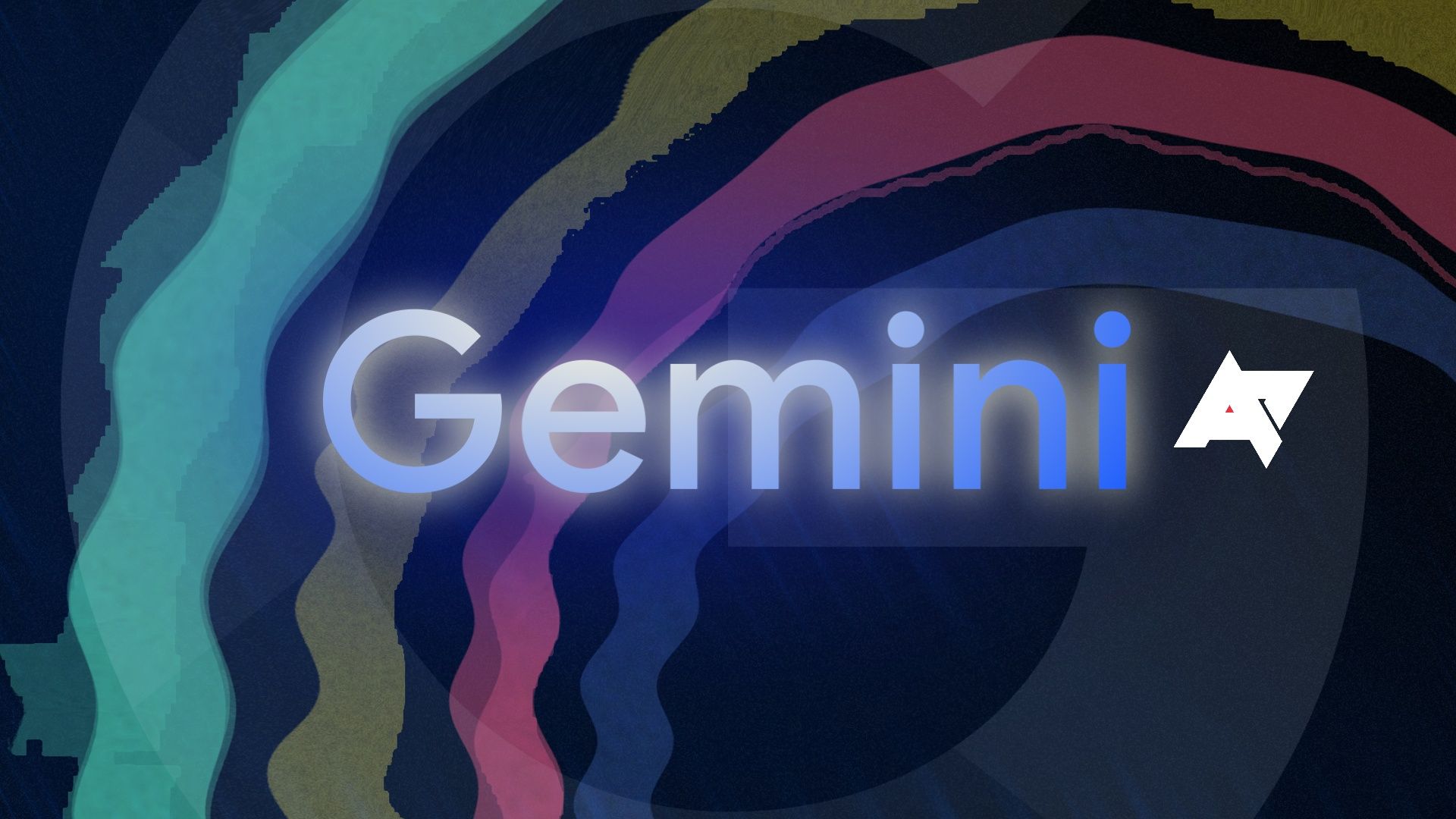
Duet AI is now Google Gemini, ready to help in Gmail, Docs, and other Workspace apps
Gemini Ultra is now available for anyone on the Google One Premium AI plan




